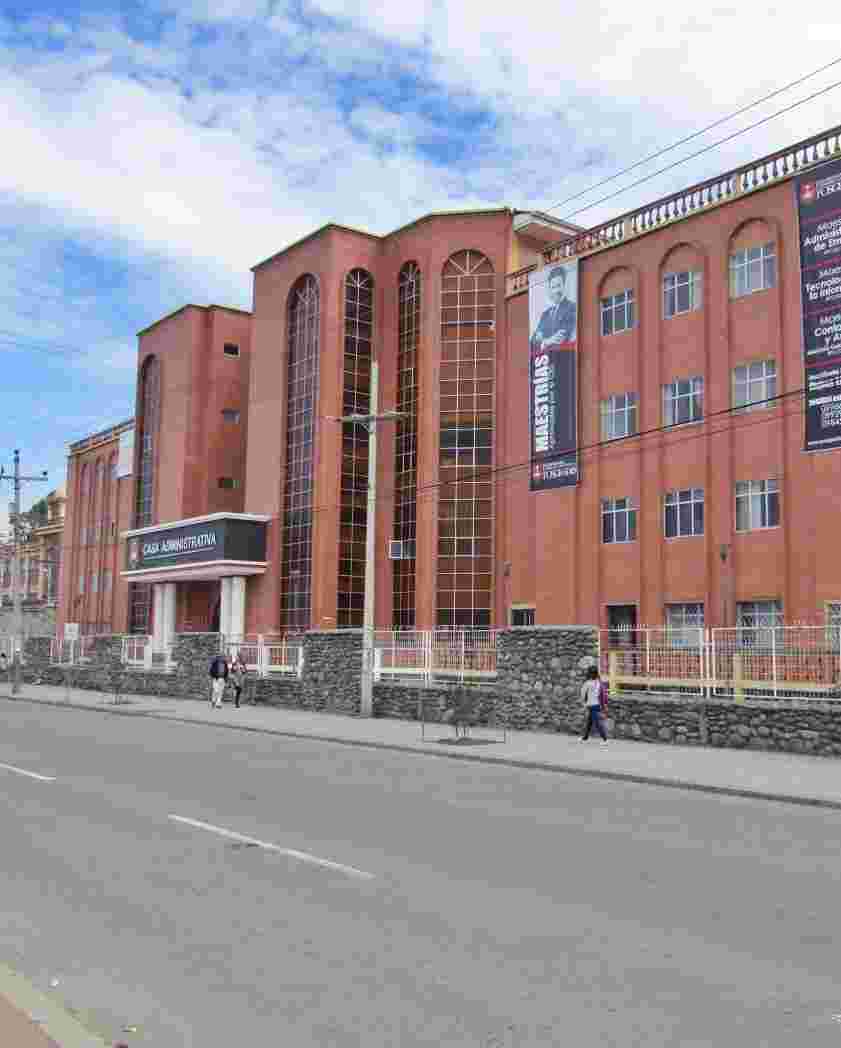Sede Azogues - Odontología
URI permanente para esta comunidadhttps://dspace.ucacue.edu.ec/handle/ucacue/92
Examinar
Examinando Sede Azogues - Odontología por Asesores "Sánchez Ordoñez, María José"
Mostrando 1 - 2 de 2
- Resultados por página
- Opciones de ordenación
Ítem Acceso Abierto Comparación de los beneficios del Biodentine y MTA en el tratamiento endodóntico(Universidad Católica de Cuenca., 2025-07-08) Guamán Viscaino, Evelyn Margoth; Romero Chimborazo, Rosa Maritza; Sánchez Ordoñez, María José; 0302633276Introduction: Endodontics has advanced with the use of bioceramic materials such as Mineral Trioxide Aggregate (MTA) and Biodentine, both recognized for their biocompatibility, sealing capacity, and healing properties. These materials are used in treatments such as root canal filling and pulpotomy, but they present clinical differences that warrant comparison. Objective: To compare the benefits of Biodentine and MTA in endodontic treatments, focusing on clinical efficacy, healing effectiveness, apical sealing, and biocompatibility. Methods: A systematic review was conducted following PRISMA guidelines and using the PICO strategy. Fifteen studies (clinical and in vitro trials) published between 2018 and 2025 were analyzed, extracted from databases such as PubMed, Scopus, and Web of Science. Methodological quality was assessed using the PEDro scale. Results: Both materials demonstrated high effectiveness, with over 90% clinical and radiographic success. Biodentine showed advantages over MTA in terms of biocompatibility, better marginal adaptation, less tooth discoloration, and greater capacity to induce the formation of the reparative dentin bridge. It was also easier to handle and set faster. Conclusion: While MTA remains an effective material, Biodentine proved to be a more efficient, esthetic, and favorable option in endodontic treatments, particularly in primary dentition and anterior teeth. Keywords: MTA, Biodentine, root canal filling, endodontic treatment, bioceramics.Ítem Acceso Abierto Complicaciones por extravasación de hipoclorito de sodio en endodoncia. Revisión bibliográfica(Universidad Católica de Cuenca., 2025-06-19) Solano Quizhpilema, Nube Isabel; Sánchez Ordoñez, María José; 0302930334; MelissaThis study aims to identify the complications resulting from the extrusion of sodium hypochlorite during endodontic procedures through a comprehensive literature review. A systematic search and data collection were conducted using scientific databases such as PubMed, Scopus, and Web of Science, focusing on clinical studies, systematic reviews, and relevant case reports published between 2018 and 2024. The findings indicate that sodium hypochlorite extrusion may lead to a range of severe complications, including soft tissue inflammation, hemorrhage, osteonecrosis, and even irreversible neurological damage. These adverse outcomes are often associated with factors such as excessive irrigation pressure, inappropriate needle selection, and complex root canal anatomy, which collectively increase the risk of such incidents. Among the most effective preventive strategies are the use of side-vented, blunt-end irrigation needles, control of irrigation pressure, and thorough preoperative anatomical assessment. For clinical management, the main therapeutic measures include the use of saline solution for irrigation, anti-inflammatory and antibiotic therapy, and, in more severe cases, surgical treatment. Both the technique employed during treatment and the use of sodium hypochlorite as an irrigant can compromise patient health if not handled with proper caution. Thus, developing and standardizing prevention and management protocols represent the first steps toward achieving a more favorable prognosis. Keywords: sodium hypochlorite, endodontics, extrusion, complications, clinical management




